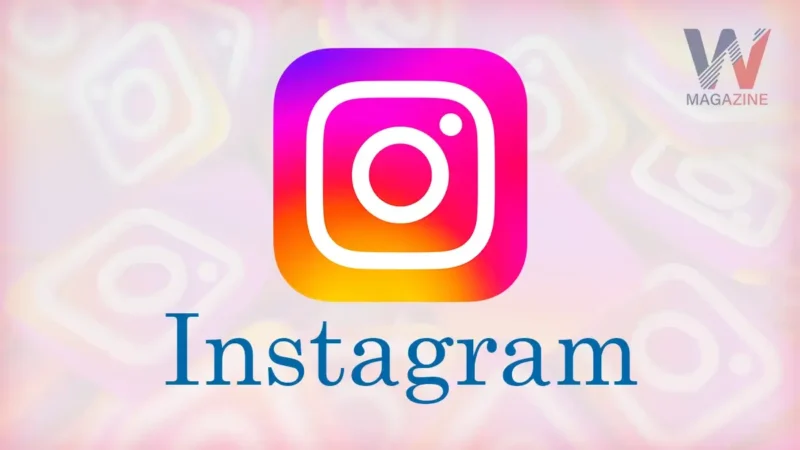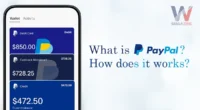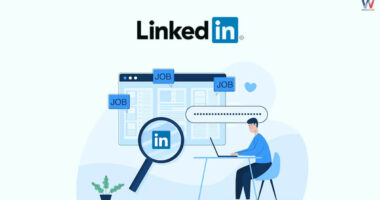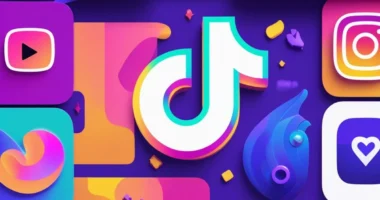Table of Contents
Instagram’s journey to success is a real Silicon Valley success story, taking off incredibly fast. It was built by software engineers in just two months and then hit the scene for iPhone users in October 2010. Before you knew it, in under two years, Facebook decided it was worth $1 billion and bought it, paying with cash and Facebook shares.
Now, this story has its ups and downs, its share of trials and errors and a bit of luck too.
Here are some main points about Instagram:
- Instagram is all about sharing photos and videos and it started back in 2010 thanks to Kevin Systrom.
- It actually began as a different project named Burbn, a nod to Systrom’s favorite drinks, whiskeys and bourbons.
- When it launched on October 6, 2010, it was an instant hit, attracting 25,000 users on the first day.
- Instagram make a space for sharing pics, especially those snapped on phones.
- Just as they were thinking about going public in 2012, Facebook swooped in and bought Instagram for a cool billion in cash and stocks.
Instagram History
Back in 2009, there was this guy named Kevin Systrom. He was fresh out of Stanford University, working at a startup called Nextstop. Before that, he had some gigs at big names like Google and Odeo, which later became Twitter.
Now, Kevin wasn’t a computer science expert, but he taught himself coding while juggling his job at Nextstop. One day, he came up with an idea for a web app called Burbn. It was all about sharing what you’re up to, along with photos, inspired by his love for fancy whiskeys.
Burbn wasn’t just about check-ins like other apps at the time. It had this cool photo-sharing feature that really stood out.
Funding
In March 2010, Kevin Systrom went to a party where he met some big shots in the venture capital world. He showed them his app prototype and they were impressed. So impressed, in fact, they decided to meet up later for coffee. After that chat, Systrom made a big decision: he quit his job to focus on Burbn.
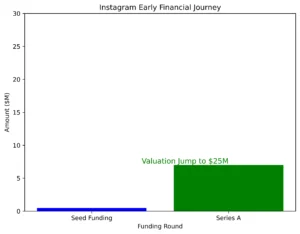
Within just two weeks, he managed to snag $500,000 in seed funding from these investors to keep building his dream project. With that money, he started hiring people to help him out. One of the first to join him was Mike Krieger, another Stanford grad who had experience in engineering and user experience design from working at Meebo.
Change Course to a Photo-Sharing App
After Mike Krieger came on board, he and Kevin Systrom took a good, hard look at Burbn and decided they really wanted to zoom in on one aspect: sharing photos from mobile phones. They checked out the top photo apps out there and really liked Hipstamatic because it was cool and let you add neat filters to your photos. But, it didn’t let you share those photos on social media and that’s where Kevin & Mike saw their big chance. They thought, why not make something that’s got Hipstamatic’s cool vibe but makes it easy to share photos like on Facebook?
So, they simplified Burbn, getting rid of everything except the photo stuff, comments, and likes. They also came up with a new name, Instagram, which kind of smushes together ‘instant’ and ‘telegram’ to capture the quick and easy vibe they were going for. They wanted Instagram to be super simple to use, not something that made you scratch your head trying to figure it out.
After about two months of tweaking and making sure it all worked just right, they let their friends test it out. Once they fixed a few glitches, Instagram was ready for the world.
Instagram IOS App
Instagram hit the app store on October 6, 2010, and wow, did it take off! On the very first day, 25,000 people signed up. By the end of that week, 100,000 people had downloaded it, and by mid-December, they hit the one million user mark.
The timing couldn’t have been better, really. Just a few months before, in June, the iPhone 4 came out with a much better camera, which probably helped a lot of people get excited about trying out Instagram for their photos.
Series A Investment
After Instagram started getting really popular, more money started flowing in. By February 2011, they managed to raise $7 million from investors. Benchmark Capital was one of the big names who jumped in, and they thought Instagram was worth about $25 million. Big players in social media, like Twitter and Facebook, also started paying attention.
Even though they got this big cash boost, the founders, Systrom and Krieger, decided not to go on a hiring spree. They kept their team pretty lean, with just about a dozen people working there.
Kevin Systrom knew Jack Dorsey from Twitter since his days as an intern at Odeo, which eventually led to Twitter. Dorsey really liked Instagram and even thought about buying it. There was talk about a $500 million offer in Twitter stock, but Systrom decided to pass on it.
Facebook + Instagram
By March 2012, Instagram had grown a lot, hitting around 27 million users. Then, in April 2012, they launched the app for Android phones and it blew up, getting over a million downloads in just under a day. Around this time, they were also talking about getting more money from investors, valuing the company at a whopping $500 million.
Kevin Systrom, Instagram’s co-founder, had gotten to know Mark Zuckerberg from Facebook because they both attended events at Stanford. They kept in touch as Instagram started getting really popular.
In April 2012, Facebook (which is now called Meta) decided they wanted to buy Instagram and offered about $1 billion in cash and shares. They agreed to let Instagram keep doing its own thing even after the buyout. This deal was sealed just before Facebook went public.
Instagram didn’t stop there. They rolled out a version of their site that you could use from a computer in November 2012, made an app for Amazon Fire devices in June 2014, and by 2016, you could even use Instagram on Microsoft Windows, tablets and PCs.
However, not everything was smooth sailing. In December 2012, Instagram tried to update its terms of service to let them sell users’ photos without telling them or paying them. People were not happy about this and there was a lot of backlash. Privacy advocates and users criticized the move and some even deleted their accounts over it. Instagram ended up pulling back on those controversial changes.
More on Instagram
Instagram is a cool spot where you can set up a free account and start sharing your photos and videos. You can jazz up your posts with different filters and tag them with hashtags or locations to make them easy to find. Your profile can be either public, meaning anyone on Instagram can see your posts, or private, which lets you pick who sees them.
On Instagram, you can look up other people’s photos and videos by searching for specific hashtags or places. There’s also a space where you can see trending stuff and like or comment on other people’s posts. Following someone means their posts will show up in your feed.
Back when Instagram first started in 2010, all photos had to be square to fit the iPhone 4’s screen, sticking to a 640-pixel width. But by 2015, Instagram let you post bigger pictures, up to 1080 pixels.
Instagram didn’t stop there, they added a way to send messages directly and let you put multiple images or videos into one post.
One of the biggest hits on Instagram is “Stories.” This lets you post photos and videos that disappear after 24 hours. As of 2022, about 500 million people use Stories every day, making it a super popular part of the app.
Final Words
Since Facebook bought Instagram, the app hasn’t changed much. It still focuses on letting people easily share photos and videos without making things complicated.
But despite the huge amount of money Facebook spent to buy it, Instagram has been a smart investment. People keep signing up, and the number of users just keeps growing.
In 2019, a research company said they expected Instagram to have over 117 million users by 2021. And in 2018, it was the second-most downloaded free app on the Apple store, just behind YouTube.
By 2020, over a billion people were using Instagram every month. That’s a whole lot of scrolling through photos and videos!
